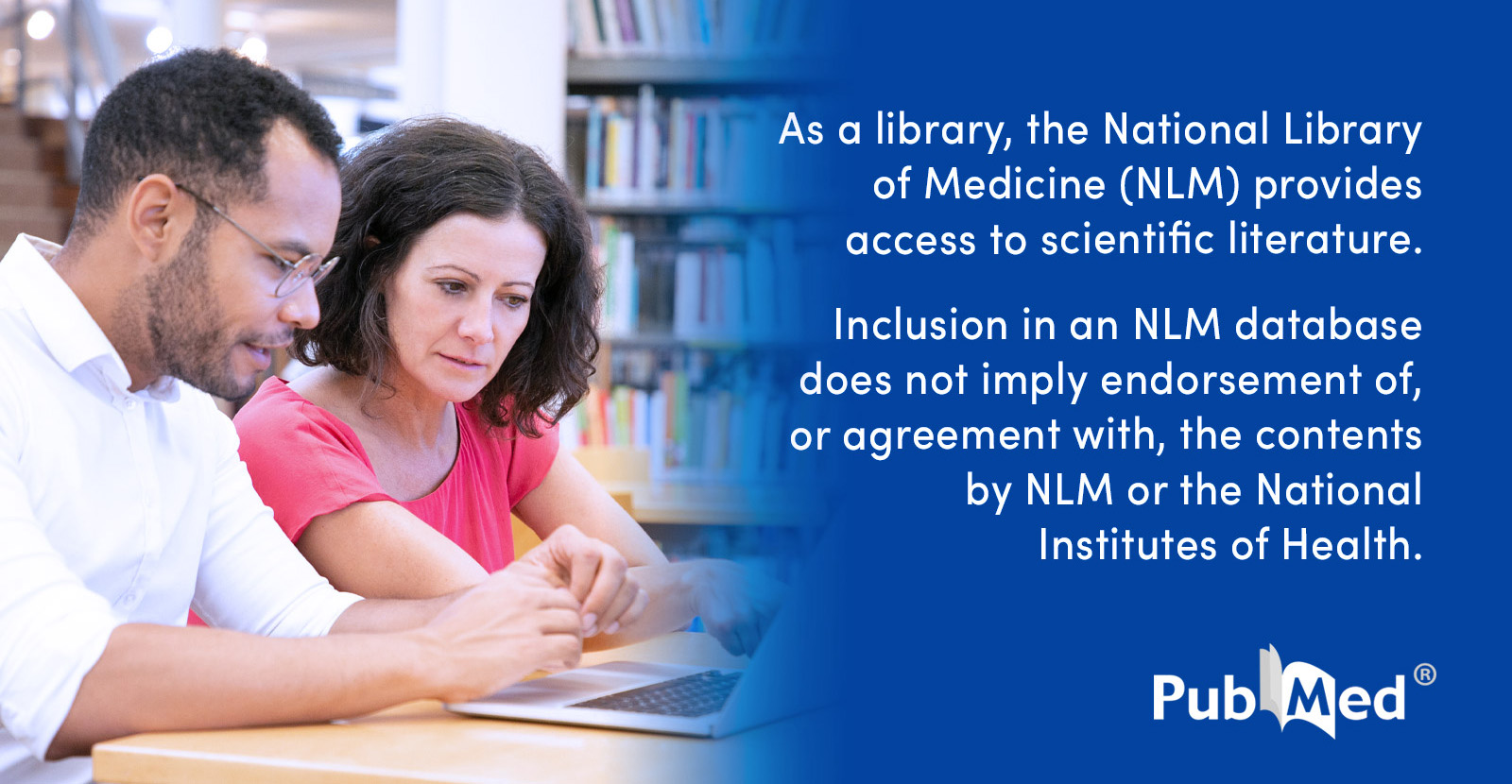purplehaze147
Bluelighter
- Joined
- Aug 19, 2010
- Messages
- 471
This information is kept very quiet for some reason, but it's the nucleobase inosine that's the endogenous ligand. It's a rarely utilized one in RNA (and DNA?) - the primary ones are only AC(T/U)G and make up... I'd have to estimate 99%+ of all RNA/DNA (only counting nucleic acids).
Nicotinamide may also play a role.
Endogenous PAM's of GABAA which don't bind to the benzodiazepine receptors are neurosteroids, vitamin B6, and ....a few others a can't remember at the moment.
Every receptor should have a natural ligand in the body. It doesn't make receptors for no reason.
Nicotinamide may also play a role.
Endogenous PAM's of GABAA which don't bind to the benzodiazepine receptors are neurosteroids, vitamin B6, and ....a few others a can't remember at the moment.
Every receptor should have a natural ligand in the body. It doesn't make receptors for no reason.
Last edited:

